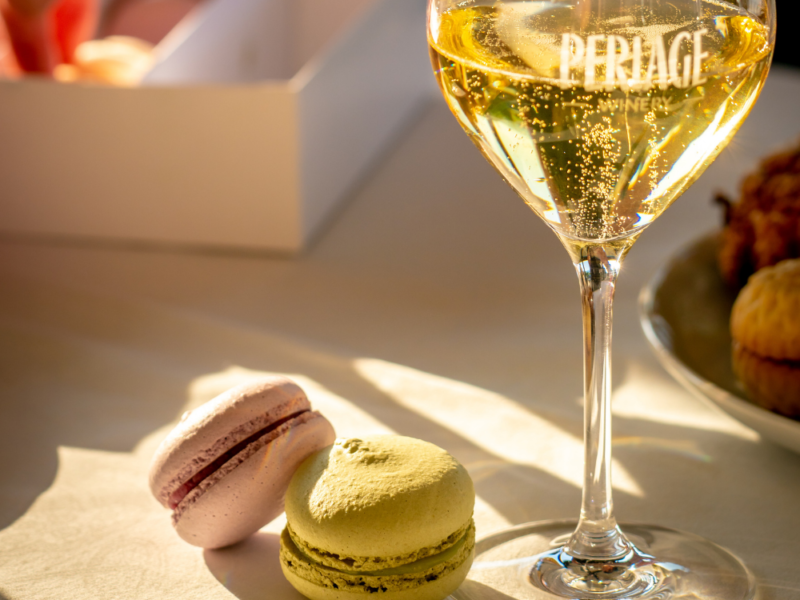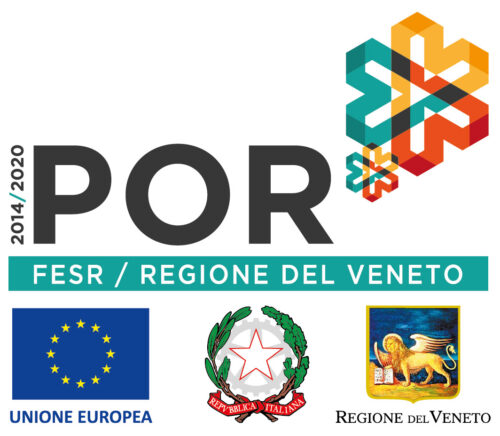Rosé wines: a thousand nuances for a versatile and international character
Pale pink, light cherry or raspberry red: rosé wines have their roots among France, Italy and United States!

They are certainly one of the latest trends in the wine business, but what is certain is that rosé wines are living a new phase of ascent.
Rosé wine is produced in so many styles: from Charmat and Champenoise Method, to semi-sparkling and still. Rosé wines have a truly versatile and international character, so much that French, Italians and Americans have fallen in love with them!
Here at Perlage Winery, we could not miss the chance to dedicate a space to these wines! In our range there are three different types 100% organic: Afra Prosecco DOC Rosé, Perlapp Rosé ed E’ Bio Rosato Veneto IGT .
But how is rosé wine produced?
Rosé wine is produced by using red berried grapes, whose skins, when left in contact with must for some hours, release colored pigments which will give life to the many shades of pink. It will be the duration of this contact to determine the shade of pink.
Besides this method, called short maceration, there are also others: the grey wines or blush wines method in which skins and must are separated just after pressing; the “Saignée” in which grapes are left to ferment for 24 hours and after that a part of must is separated and used for the production of rosé wine. Blending is used for the production of rosé sparkling wines: in the tank containing basic white wine, a small percentage of basic red wine is added and then the fermentation process proceeds.
How do we define the different nuances of rosé wine and which is the best food pairing?
There are many shades that can characterize a rosé wine, from the most delicate ones, tending to grey, to the most charged ones, which could almost be defined as red.
Pale pink: a very delicate hue which sometimes is defined as “onion skin“. Cherry pink is a more intense shade that really recalls the color of cherries. Finally, raspberry pink, an intense color very close to red.
As for the matching, the key word is versatility. Rosé wines are extremely versatile and also for this reason they are very successful among chefs and wine lovers. In order to make the matching between food and rosé wine easier, Perlage suggests the matching of lighter and less structured rosé wines with dishes such as: seafood appetizers, shellfishes, risotto with vegetables and fresh cheese. Whereas with more structured rosé wines we can dare with more seasoned dishes such as: tomato sauce, white meat, roasted meat, cold cuts and medium seasoned cheese.
Rosé wines have an international character
It seems the birth of the first rosé wine was fought between Italy and France. According to an ancient legend, rosé wine was born in a little village of Lake Garda thanks to the help of an idle priest. Historically the arrival of rosé wine on our tables is dated back to the Second World War, when a winery in Salento began producing a rosé wine destined to Americans. According to some historians this kind of wine was born in France at the end of the 1800’s. Whereas, in the early seventies of the XX century, in the US a wine known as White Zinfandel was born – defined as “wine born by mistake” – obtained by the vinification in white of the red Zinfandel grape.
What is certain is that even today Provence, Languedoc and Italy are the areas where the highest quantity of rosé wines are produced and consumed, followed by USA, Spain, Germany and UK.




